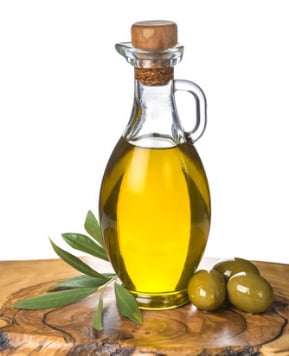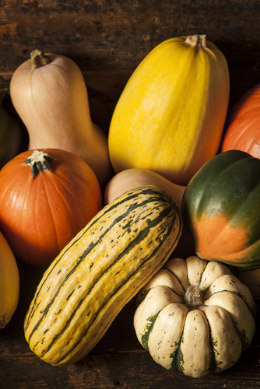Aches and Pains
Posted on
As the cold weather sets in, complaints about aches and pains especially in our joints seem more common. There are many factors involved as to why our joints may be aching; inflammation plays a large role and those who suffer know that inflammation hurts. However, there are ways this pain can be relieved through diet, exercise and complementary therapies.
 Adapting our diet to include more anti-inflammatory foods and reducing those foods that may contribute to this inflammation is one way to help.
Adapting our diet to include more anti-inflammatory foods and reducing those foods that may contribute to this inflammation is one way to help.
Positive impact foods – foods that are high in anti-oxidants, rich in vitamin C and help to create a more balanced acid-alkaline environment can all help alleviate the inflammation.
Fish and beneficial oils typically found in a Mediterranean diet alongside olive oils, whole grains, nuts and seeds. A warming winter fish pie (see my Fish Pie Recipe) is a tasty way to increase your fish intake.
Fruit and vegetables – especially the green and dark coloured ones that are high in the phytonutrients needed to help tackle the inflammation as they are high in anti-oxidants which help ‘mop up’ the free radicals contributing to the pain.
Ginger is an excellent way to add warmth to a dish as well as a great kick start to digestion in the mornings when added to hot water with a slice of lemon.
Negative impact foods – these foods create a more acidic environment that contributes to the inflammation, so it is best to reduce these foods when suffering with joint pain.
Sugars - especially refined sugars found in soft drinks, fruit juices and sweets.
Dairy produce – milk and hard cheeses, try some goats or sheep’s cheese as an alternative.
Red meat – consider reducing your intake to once a week and adding lots of vegetables to your winter stews and casseroles.
Further help
Exercise
 Moving our bodies on a daily basis is something human beings have done for thousands of years for our basic survival needs; fetching water, hunting for food, running to survive! However, in the 21st century our basic needs are easily met and walking around the supermarket doesn’t raise the heartbeat or get those joints moving very much!
Moving our bodies on a daily basis is something human beings have done for thousands of years for our basic survival needs; fetching water, hunting for food, running to survive! However, in the 21st century our basic needs are easily met and walking around the supermarket doesn’t raise the heartbeat or get those joints moving very much!
Depending on your current fitness level, start slowly and increase the time and intensity steadily. Find an activity you enjoy.. here are some that I love:
Rebounding, Nordic walking with DA Fitness, swimming, yoga, pilates, cycling, dancing or a personal training session with Marla Murray. For those with a higher level of fitness you may be ready for a new challenge so have a look at Barnes Fitness events
Stress relief
Our levels of internal stress have become much higher over the last few decades, and learning ways to release and manage our stress is key. When we are ‘stressed’ our body releases various hormones, the main one being cortisol, and guess what? Overtime, cortisol contributes to our inflammation levels so another no, no for pain!
Looking for ways to reduce your stress? Here are some suggestions:
- Deep breathing (anyone can do it anywhere and it's free!)
- Take a walk in the fresh air, ideally somewhere in nature.
- Reflexology - hugely relaxing and may help sleep issues too.. come and have a taster session at Happy Bean

 Food is the basis of our health; it provides the fuel to run our bodies. Put simply: “poor foods = poor fuel” which leads to reduced energy and imbalances.
Food is the basis of our health; it provides the fuel to run our bodies. Put simply: “poor foods = poor fuel” which leads to reduced energy and imbalances. Clues might include:
Clues might include: